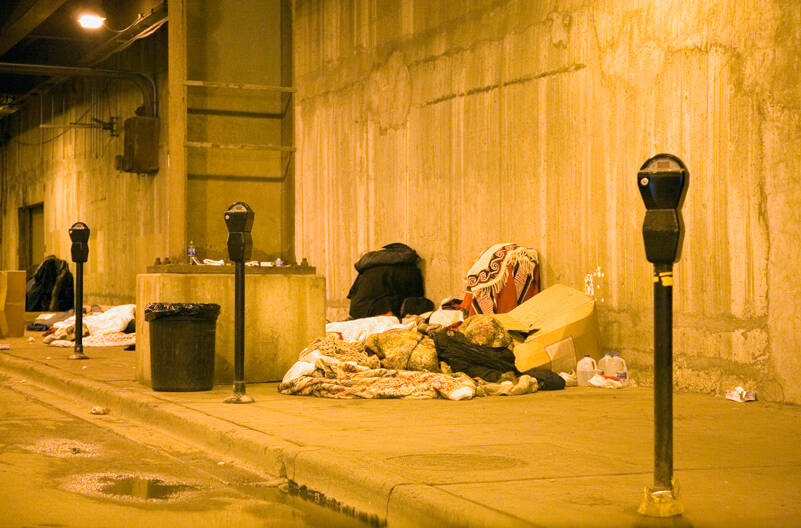By Morf Morford
Tacoma Daily Index
Professional chefs have a simple guiding principle; the best dishes should have no more than two bites of any given delicacy.
In fact the more specialized the dish, the smaller the portion.
As counterintuitive as it might seem, it makes sense – the more central and flavorful, the smaller the serving.
Chefs know, and live by, a central principle of human psychology – sometimes, less is, in fact, more. Much more.
At a gourmet meal, our first bite of something dazzles our sense; with anticipation we take the second bite, but as chefs know all too well, by the third bite, that taste, no matter how sensational, becomes predictable and routine.
This applies to much more than food.
The first time we see or encounter something – wonderful or terrible – it holds, for better or worse, a fascination, the second time we look forward to it with a bit of experience, but after that, any experience becomes “normal”.
I worked with a woman several years ago who was very trim, vivacious and fashionable.
Her previous job had been at a high-end women’s clothing retailer.
She told me that the sales staff, just before opening time, would gather in the storeroom and snort cocaine.
You can imagine the endocrine rush of fashion, shoes and, of course cocaine, on the retail floor.
She told me something I never forgot about drug use; she said the first time was fabulous beyond description. The second time was almost as good.
But every use after that was an attempt to recreate that first experience.
Which again, is what the best chefs know in the category of food.
The second bite, the second experience, is the point where everything changes.
Human nature, it turns out, has a short attention span.
Whether it is spicy food or a life-changing experience, or even a new adventure; the first couple times may be great, but after that, it becomes too familiar.
Those people
The same principle works in the opposite direction as well.
Ragged tents and tarps on public sidewalks might be a familiar site to most of us, and, for the most part, we just walk or drive by without even noticing them.
They have become invisible to us.
But it wasn’t always so.
It might be a challenge, but try to remember the first time you saw one of those make-shift shelters on our public walkways.
Like me perhaps, you were horrified and appalled – maybe even numb and paralyzed by the thought that someone, anyone, could find any kind of comfort or refuge in that pile of cold and soggy – and dirty – rags and clutter.
The second time, perhaps, you wondered who to call or how to help.
The third time, like most of us, you probably just kept on walking.
After that, those individuals, even some families, faded into the landscape and became invisible.
Now they are just a cost or an annoyance, or even a threat.
And every one of those might be true.
But before those homeless people became an abstract category, even a local menace, they were our neighbors, friends or maybe even relatives.
The vast majority of homeless people don’t have the interest (or the means) to go very far.
One survey showed that 80% of the homeless are from the relatively immediate area.
As an aside, I’ve always thought that if I were homeless and disconnected, I certainly would not hang around here – especially in the fall and winter. I’d head to far warmer and more welcoming climes and towns.
“The real voyage of discovery consists not in seeking new landscapes, but in having new eyes.” – Marcel Proust
The trick, then, to enjoying a good meal, or solving a social problem as seemingly intractable as urban homelessness or addiction, is to see it through new eyes.
Getting into the habit of seeing everything as if for the first time might shake off the encrusted ways of “we’ve always done it this way” or “this is what other people do”.
Some faith traditions call this “the beginner’s mind” and the premise could not be more simple.
Look at any given situation as if you had never seen it before.
Maybe even with a child’s simple, but often astute questioning.
Keep asking why – especially when others around you have stopped asking.
Don’t let your curiosity stop at familiar boundaries.
There is nothing permanent about what already exists, and not much that has already been done that warrants being done again.
Taking anything for granted, from that next meal to a homeless person’s tarp or tent, means that we have become numb to the ever-present puzzlement and oddities of every day life.
Minimal preconceptions and expectations of what “should” happen will open your sense of what is possible.
Curiosity – and respectful listening – will introduce you to a world every one else seems to rush by.
Children are known for their ridiculous – and sometimes insightful questions.
We could learn a lot, from theology to social policies on drugs or homelessness, and much more, if we looked at things the way a child might.
“Wonder, or radical amazement, is a way of going beyond what is given in thing and thought, refusing to take anything for granted, to regard anything as final. It is our honest response to the grandeur and mystery of reality our confrontation with that which transcends the given.” – Abraham Joshua Heschel





